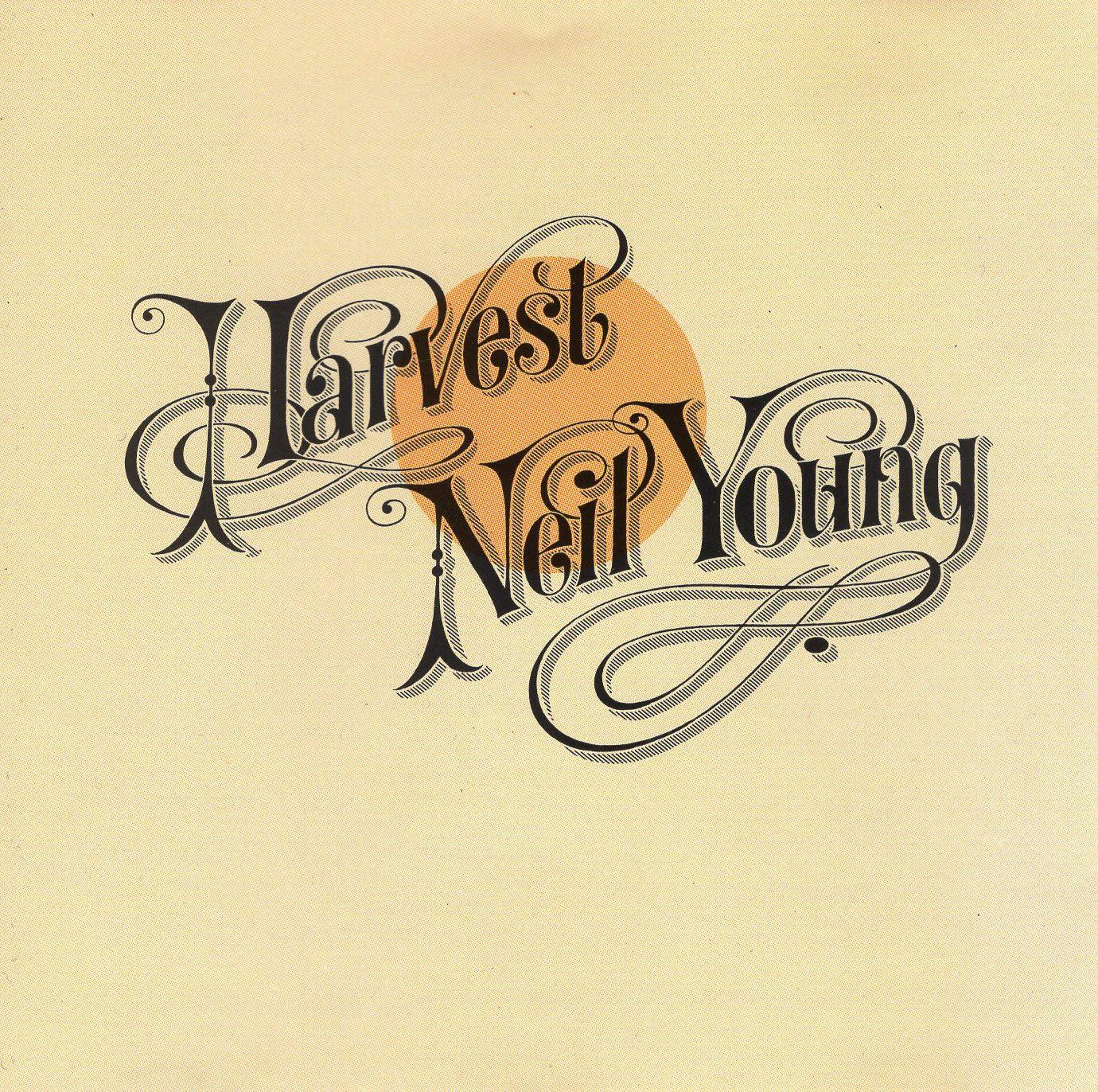

He said get into the rowboat,” recounted Nash to NPR. So it was that Graham Nash visited Broken Arrow, expecting to hear the album from the comfort of Young’s makeshift home studio. They just needed to have one final run-through to make sure it sounded good. Mixing was completed between Mazer’s Nashville house studio Quadrafonic and Young’s own Broken Arrow Ranch, Mazer taking all his studio desks there. Image: Michael Putland / Getty Images Farm aid? He didn’t even bother with a studio or a barn for capturing this: the album track is taken from an early live recording from Los Angeles’s UCLA on 30 January 1971, the day after Toronto, the day after Neil Young said “I can’t think of anything else to do…” September had come, and the Harvest was all but over. A deeply-emotional songs about the perils of heroin addiction, its descending chord pattern is reminiscent of The Beatles’ Dear Prudence and is centred around Young’s recognizable flatpicking style.

And for another Young classic, The Needle And The Damage Done. Time for more electric cropping this time, as in the expansive wooden barn they nailed down Alabama, Are You Ready For The Country? and Words (Between The Lines Of Age). Young took a break for most of April to September ’71, when he reconvened his makeshift Stray Gators at the California ranch he’d called Broken Arrow. But Rolling Stone said the strings on A Man Needs a Maid made for “a moving union of grandeur and vulnerability.” Young doesn’t care for critics and, anyways, he was happy: “ Bob Dylan told me it was one of his favourites,” Young noted. Like Phil Spector’s strings on The Beatles’ Let It Be, the arrangements of Jack Nitzsche – notably also Spector’s production sidekick – have often been criticized as overbearing and ill-matching. On the same visit, A Man Needs A Maid was one of two songs recorded with Young on piano and with backing from the London Symphony Orchestra, the glamorous recording location being… Barking Town Hall. Young was soon on the move again, to London, for BBC TV’s In Concert (another legendary show, some is on YouTube) and a live date at the Royal Festival Hall. That said, Harvest had three very different stages. “Neil and the band played live,” said Mazer, “same as every song on Harvest.” I’ll sit on my right hand.’ He played the whole take sitting on his right hand.” By only three days in, Young had already cut the versions of Old Man and Heart Of Gold to be released. “At one point, Neil said to Kenny that his hi-hat was too busy, so Kenny said, ‘Fine. We heard the song and all we had to do was move Neil into the studio and get the band out there, start the machine and make it sound good. Kenny and I looked at each other, and we both knew it was a number one record. Neil sat in the control room of Quadrafonic and played Heart Of Gold. When Neil Young plays a song, his body language dictates everything about the arrangement. Mazer later told, “Neil was very specific about what he wanted. It was a Saturday night, and Mazer had to quickly assemble a band of whoever he knew who was in a fit state to record. The living room and the dining room became the two live rooms, and the kitchen became a drum area.” The name though? “We called it ‘Quadraphonic’ as a joke,” Mazer later explained, “although it did have four speakers in the control room.” Mazer knew early the “romance” a place like Quad could offer: “The control room was the old porch. While in Music City, Young accepted a dinner invite from young producer Elliot Mazer (1941-2021) who had just launched Quadrafonic Sound Studios, a converted two-storey house in Nashville’s Music Row.
Neil young harvest tv#
A month after Toronto, while playing with Taylor and Ronstadt for a Johnny Cash TV Show session recorded in Nashville, Young was still travelling light with just his Martin D-45. In fact, Young’s relocation to ballad-ville was purely a practical concern at first: persistent back problems, which later required surgery, had made it painful for him to play his weighty “Old Black” Les Paul or other electrics and he simply couldn’t perform properly cranked or even standing up.
Neil young harvest free#
As part of his then Journey Through The Past tour, a newer image of Young alone – free from Buffalo Springfield and CSNY – hunkered over his Martin acoustic hammering out those clanking chords, was one soon set in stone. Young liked them, his audience loved them. In a now-fabled performance at Toronto’s Massey Hall in January 1971, Young shuffled in front of his hometown crowd and remarked of his songs: “I’ve written so many new ones that I can’t think of anything else to do with them other than sing them.” Potent, stripped down songs called Heart of Gold, Old Man and The Needle And The Damage Done were duly tested.


 0 kommentar(er)
0 kommentar(er)
